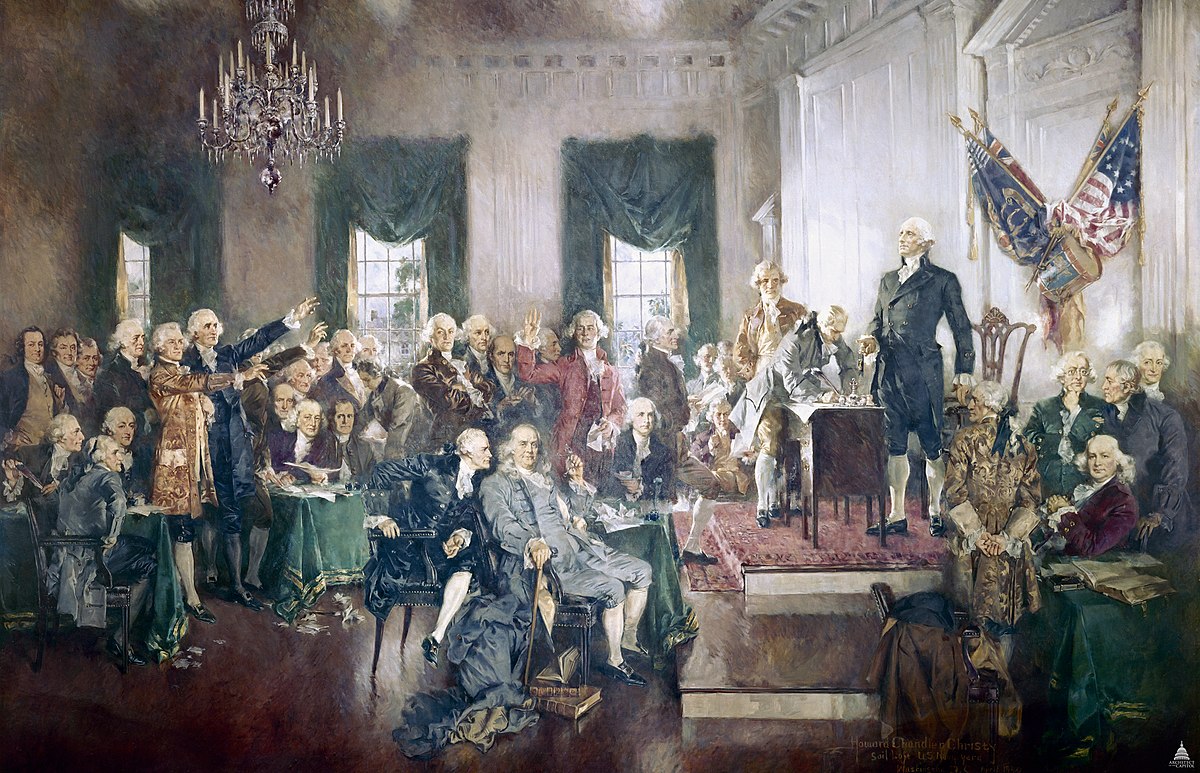The United States Constitution was signed by the members of the Constitutional Convention in Philadelphia on September 17, 1787. We have entered the 237th year of our national Constitution, which continues its legacy as the oldest written constitution in the world. Yes, we have the immense good fortune to live in the oldest constitutional democracy existing anywhere on the globe. As a nation, we may feel justifiable pride in that accomplishment.
At the same time, the US Constitution has not been amended in over 30 years. In 1992, the states finally ratified an amendment that had been proposed by James Madison and endorsed by Congress in 1789. The 27th Amendment requires that pay increases adopted by Congress may not go into effect until after the next election in the House of Representatives.
How was this languishing amendment resurrected? A University of Texas undergraduate student, Gregory Watson, recognized that even after 200 years, the amendment could still be ratified if a few more state legislatures agreed to it. He began a nationwide campaign to ensure ratification, and he was successful.
Students like Watson bring energy and enthusiasm to our democracy. They represent a new generation of citizens and leaders that will shape the future of our constitutional republic. For these reasons, the Sandra Day O’Connor College of Law at Arizona State University’s Center for Constitutional Design, led by Professor Stefanie Lindquist, is hosting the first student-led nationwide Model Constitutional Convention in May.
Student delegates from universities across the United States will convene in Phoenix for three days to propose and debate amendments to the US Constitution. Representing all 50 states, and bringing far more racial, ethnic, socio-economic, cultural, religious, and gender-based diversity than that of the Constitution’s original framers, students will form 10 committees supported by faculty mentors to propose and craft amendments for consideration in the Convention’s plenary session of all convention delegates. Among the amendments they will consider are five good-government amendments proposed in connection with the National Constitution Center’s Constitution Drafting Project. These five amendments range from term limits for Supreme Court justices to resurrecting the legislative veto and making it easier for national majorities to amend the Constitution.
Students will also be free to craft their own amendments on topics of their choosing. In the plenary sessions, amendments adopted in committee must be presented and defended on the floor, to be voted up or down by all delegates convened together. These sessions will be presided over by an elected president and secretaries and be supported by an experienced parliamentarian. Keynote speakers, including Jeffrey Rosen, Erwin Chemerinsky, and Richard Albert, will elevate the quality of the discussions and help students understand the significance of their undertaking.
This grand experiment in a simulated environment may produce lessons for all of us interested in the perpetuation of our republic. Given the procedural hurdles to adopting constitutional amendments in the United States, many believe that Congress and the states may never again amend the US Constitution. Yet the students at the Model Convention will have the opportunity to demonstrate that compromise may indeed be reached in the amendment process. The outcome of the Model Constitutional Convention will also tell us much about what this new generation of leaders believes is of utmost importance in terms of provisions in our founding document.
Thomas Jefferson believed that constitutions should sunset by their own terms to allow new generations to craft their own government charters reflecting their own evolving standards and values. While his proposal did not come to pass, the Model Constitutional Convention will offer us a window into the values and preferences of a new generation of Americans.
We often dispute the meaning of our fundamental document, the separation of powers and the individual rights and equality it protects. Regardless of these disputes, the Constitution provides us with a way to deliberate and even change our fundamental rules of governance according to the law and without resorting to violence. Lately, a restlessness has emerged with demands to change certain provisions of the Constitution. Some suggest that the US Constitution requires updating; others look for adjustments for the sake of better governance. How should we go about that in a way that preserves the oldest Constitution in the world and at the same time, gives a new generation a sense of ownership in the country they inherit? Like all generations of Americans, we owe it to our descendants to engage the idea of change thoughtfully, collectively, and with an ever-watchful eye to preserving our remarkable constitutional foundations.
The Model Constitutional Convention may offer us an example of how a new generation of citizens does just that. As the students engage, debate, and propose amendments to the US Constitution, we will see how they choose to shape that document in ways that achieve their own version of an effective government and a just society.
ASU Law invites all undergraduate, law, and master’s students interested in constitutional law, history, design, and reform to apply by March 15, 2024 to participate in the Convention, which will take place from May 23-26 in Phoenix, AZ. All travel expenses will be covered, and food and lodging will be provided.


